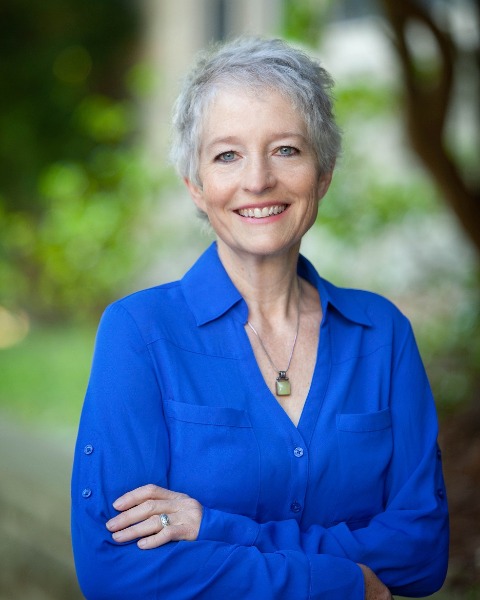Amplification and Assistive Devices (AAD)
PP321 - Speech Intelligibility, Listening Effort, and Subjective Quality of Hearing in BiCROS Hearing Aids

Folkeard Paula, AuD (she/her/hers)
Research Manager and Audiologist
Western University - National Centre for Audiology
LondonDisclosure(s): Sonova: Research Grant (includes principal investigator, collaborator or consultant and pending grants as well as grants already received) (Ongoing)
.jpg)
Hasan K. Saleh, PhD
Postdoctoral Researcher
Western University
London, Ontario, CanadaDisclosure(s): Sonova: Grant/Research Support (Ongoing)
- VK
Volker Kuhnel
Financial Disclosures: I do not have any relevant financial relationships with anything to disclose.
Non-Financial Disclosures: I do not have any relevant non-financial relationships with anything to disclose. - JQ
Jinyu Qian, PhD (she/her/hers)
VP, Innovation Centre Toronto
Sonova Canada, CanadaFinancial Disclosures: I do not have any relevant financial relationships with anything to disclose.
Non-Financial Disclosures: I do not have any relevant non-financial relationships with anything to disclose. 
Solveig Christina Voss, BS (she/her/hers)
Sonova Canada Inc.
Financial Disclosures: I do not have any relevant financial relationships with anything to disclose.
Non-Financial Disclosures: I do not have any relevant non-financial relationships with anything to disclose..jpg)
Susan Scollie, PhD
Professor
University of Western Ontario
University of Western Ontario
London, Ontario, CanadaDisclosure(s): No relevant disclosure to display
Lead Presenter(s)
Contributor(s)
Summary:
Rationale: Unaidable unilateral hearing loss (UHL) is a unilateral hearing loss that cannot be fitted with conventional hearing aids because of a profound degree, very poor speech recognition, or intolerance for amplified sounds (Bagatto et. al., 2019). One solution for unaidable UHL is Contralateral Routing of Signals (CROS). This technology places a microphone on the unaidable ear, routing that microphone’s signals to the other, recipient, ear. If the recipient ear has an aidable hearing loss, the sound is delivered through a hearing aid with amplification appropriate for the recipient ear, and this style is called Bilateral Contralateral Routing of Signals (BiCROS). In the case of an asymmetrical hearing loss with one unaidable ear, monaural hearing aid fittings already provide some benefits regarding speech understanding in noise due to amplification and directional microphones. In a BiCROS fitting, the use of the directional microphones of both the transmitter and the hearing aid can allow for beamforming, which may improve performance in noisy environments. However, the effects of beamforming in BiCROS devices on speech recognition in noise is largely unknown and may depend upon the spatial configuration of the acoustic scene. In this study, a BiCROS hearing aid with adaptive binaural beamforming will be assessed in three acoustic scenes. Outcome measures will include speech in noise recognition, listening effort, and subjective preference.
Methods and Hypotheses: Up to 20 participants who are BiCROS candidates will be fitted with hearing aids and will complete a 5-week acclimatization period. Outcome measures comparing four hearing aid settings (monaural omni directional, monaural directional, binaural omni directional, binaural beamforming) as well as an unaided condition will be completed in a laboratory setting. Speech-in-noise performance will be evaluated by comparing results from the US Matrix speech-in-noise test with speech coming from the front and noise coming from three positions: (1) 00; (2) 900 on the same side as the better ear; and (3) a surround of sound with 7 speakers 150 apart from 450 - 3150. Passages from the Connected Speech Test in babble will be used to evaluate subjective listening effort measured on a listening effort scale. Preference of hearing aid program to assess subjective sound quality differences between settings will be measured using a three-alternative forced choice paradigm (ABX). We hypothesize that the binaural beamforming condition will have scene-specific performance and that listener-rated preference and effort will vary across hearing aid conditions and scenes.
Learning Objectives:
- Upon completion, participants will be able to describe the effects of directional microphone technology implemented in a BiCROS device on speech recognition in noise, listening effort, and sound quality preference.
